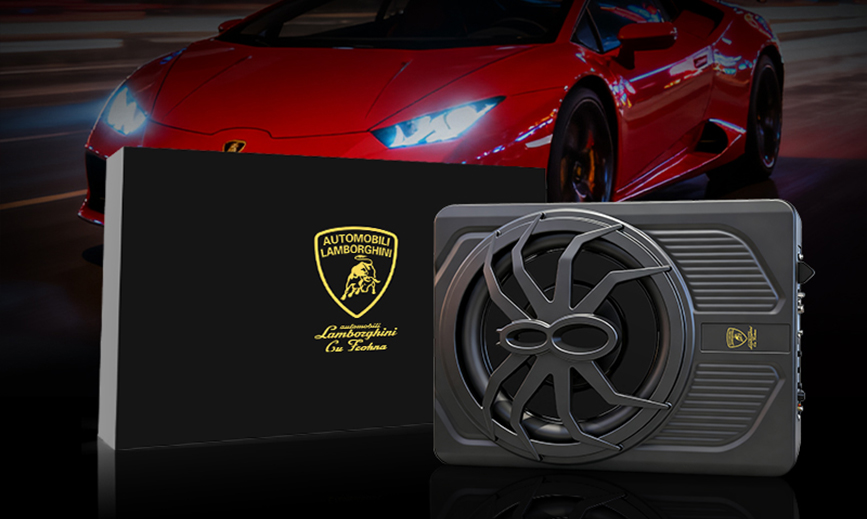With the rapid development of smart cars, in-car navigation screens have long transcended simple route guidance tools to become intelligent hubs integrating information, entertainment, and interaction. With the deep integration of AI, 5G, and the Internet of Things (IoT), in-car displays are becoming a key element in defining the next-generation driving experience.
Display Technology Innovation: The Evolutionary Path from LCD to MicroLED
Currently, the in-car display field primarily encompasses four technology types: LCD, OLED, Mini-LED, and MicroLED, each playing a unique role in different vehicle segments.
As the most mature and cost-effective solution, LCD remains the preferred choice for most economy vehicles. Its reliability and long lifespan make it the foundation of in-car displays.
OLED screens, thanks to their self-luminous pixel properties, achieve nearly infinite contrast and deep blacks. In high-end vehicles, OLED screens create an immersive visual environment for passengers. Their low blue light emission also helps reduce eye fatigue, especially during nighttime driving.
Mini-LED, an upgraded version of LCD technology, utilizes a backlight matrix composed of thousands of micron-sized LEDs, achieving precise local dimming. This technology allows LCD to maintain cost advantages while achieving image quality approaching OLED levels, making it a well-balanced choice for mid-range and high-end vehicles.
MicroLED is widely considered the ultimate display technology, combining high brightness, long life, and self-luminescence. Although currently relatively expensive, the technology is gradually moving towards commercialization with models like the Tesla Cybertruck adopting it.
Intelligent Evolution: From Information Display to Scene Perception
The evolution of in-vehicle displays clearly illustrates the path of functional expansion: from initial monochrome instrument clusters, to later central control touchscreens, and finally to today's multi-screen linkage and intelligent cockpit systems. Modern in-vehicle systems can now integrate real-time traffic data, personal schedules, and even connect with smart home devices, achieving a truly integrated "people-car-life" experience.
Recent trends indicate the deep integration of augmented reality (AR) navigation technology with in-vehicle screens. Using data from the forward-facing camera and sensors, navigation information can be directly overlaid on the actual road, making route guidance more intuitive and accurate.
Installation and Experience: The New Standard for Intelligent Navigation
Modern in-vehicle navigation system installation options are increasingly diverse, ranging from highly integrated, factory-installed solutions to modular products suitable for later installation. Regardless of the chosen method, a high-quality navigation system should possess several core features:
Real-time Update Capability: Map data updated in real time based on 5G networks ensures accurate road conditions.
Intelligent Route Planning: Combining historical traffic data with real-time traffic conditions to proactively avoid congested areas.
Simple Interaction: Minimize manual operation while driving through voice control and gesture recognition.
Multimodal Interaction: Integrating visual, voice, and haptic feedback to provide a comprehensive interactive experience.
Market Outlook: A Key Growth Driver in the Smart Car Era
According to the latest industry analysis, the global automotive display system market is experiencing explosive growth, projected to reach $47.37 billion in 2029 from $23.83 billion in 2024, a compound annual growth rate of 14.7%. Behind this growth is the accelerated transformation of automotive intelligence, particularly the strong demand for smart cockpits in electric vehicles.
Notably, the development of in-vehicle displays has moved beyond a simple size competition and is now moving towards improved quality and functional integration. Innovative forms such as flexible and transparent screens are emerging, and the deep integration of displays with vehicle sensors is opening up new application scenarios.





